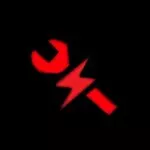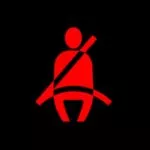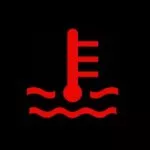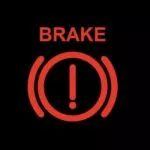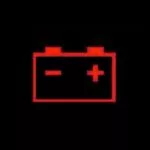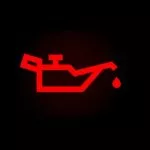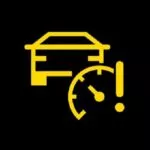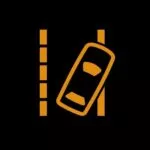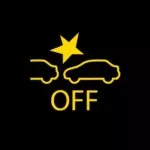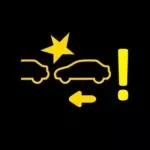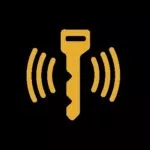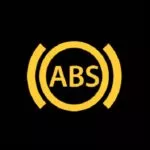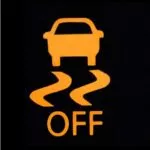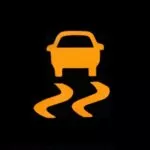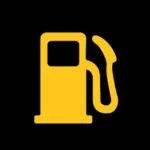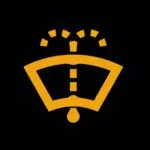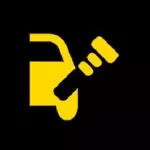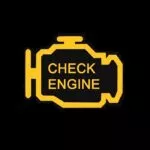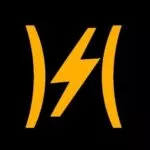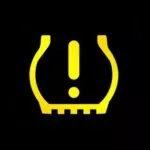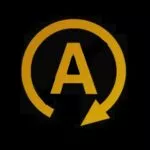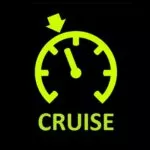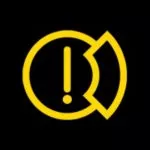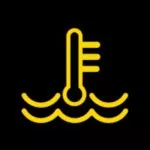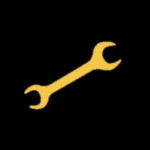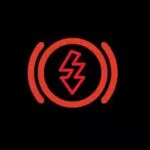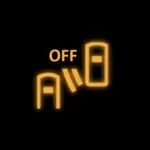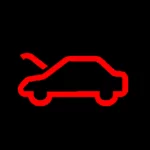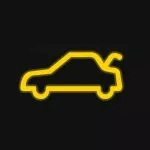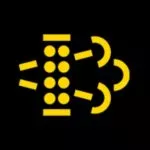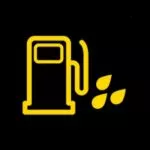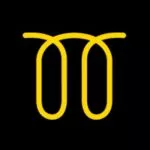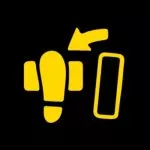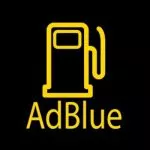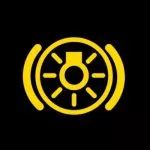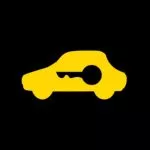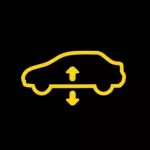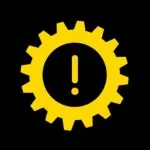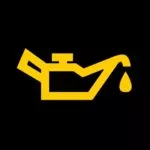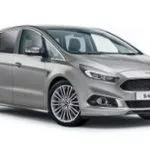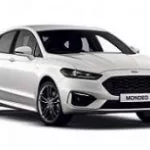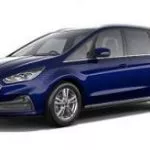Ford Freestar Warning Lights
The Most Common Ford Freestar Symbols
These are the most common dashboard symbols that you will see in your Ford Freestar. Click on one to see more information or scroll further down to see the link to the owner's manual where you can find even more symbols.
Can't see the warning light you are looking for? Check the official manual:
View Owner's Manual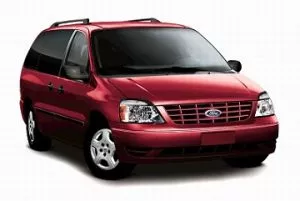
- Manufacturer: Ford
- Data Source: Owner's Manual
About the Freestar
The Ford Freestar was the name given to the third generation of Ford Windstar minivan models, which were first produced from 1995 to 2004 under the Windstar name before changing to Freestar. Another name given to the second-generation model (2004 to 2007) was the Mercury Monterey.
The original Windstar (and later Freestar) were the successors to the earlier marque, the Ford Aerostar, which had been built since the mid-1980s. The original model was built as a 3-door minivan layout, powered by a 3.0-liter V6 engine as standard. It was the first van built in North America that was also exported to Europe.
Some features from the earlier Ford Aerostar were kept in the first Windstar vehicles, including rear-seat audio controls, middle-row bucket seats, and even a digital instrument panel and trip computer, among other things.
The Windstar continued through a second generation from 1999 to 2003, before being replaced by the Freestar in 2004. The Freestar was built as a 4-door minivan design, powered by either a 3.9L V6 engine, or a 4.2-liter V6. The 3.9-liter engine was actually shared with the Ford Mustang, delivering up to 193-hp, while the 4.2-liter got up to 201-hp.
The Freestar was built in 5 trim levels: S, SE, SES, SEL, and the top-end Limited. The standard configuration gave cloth upholstery, 16-inch steel rims, keyless entry, power locks and windows, adjustable pedals, and manual sliding doors.
Upgrading to the Limited gave you 3rd-row reading lights, a better stereo system with CD and tape players, turn signal mirrors, cornering lamps, power-sliding doors, and 17-inch alloys.
As minivans started to decline in popularity after the mid-2000s the decision was made to end the production run as it seemed that SUVs and crossovers were the wave of the future for family vehicles.
